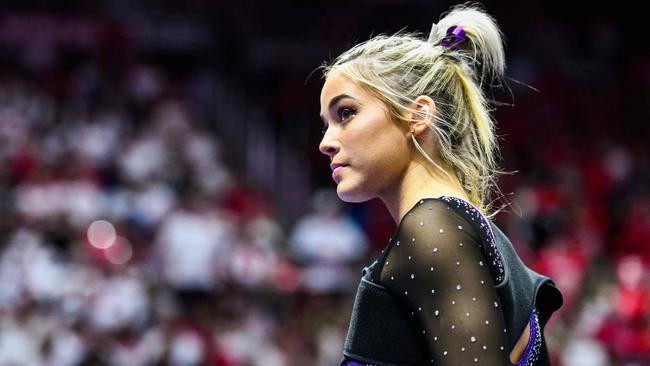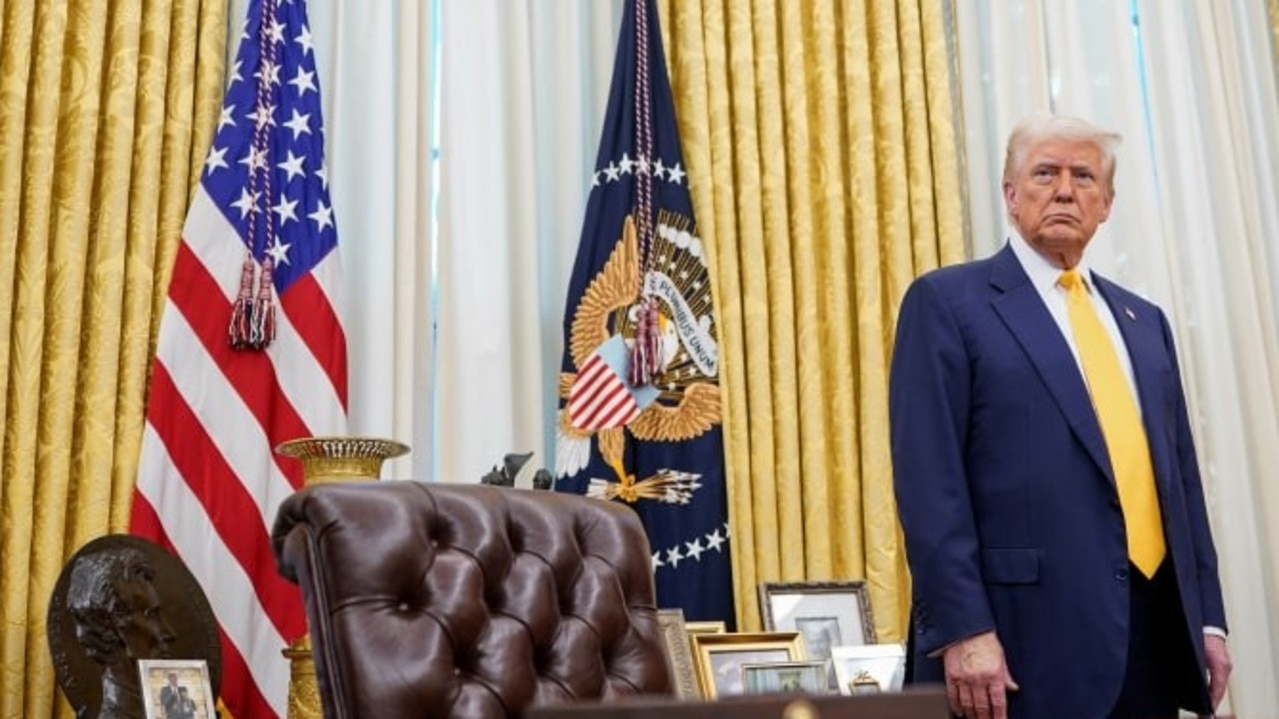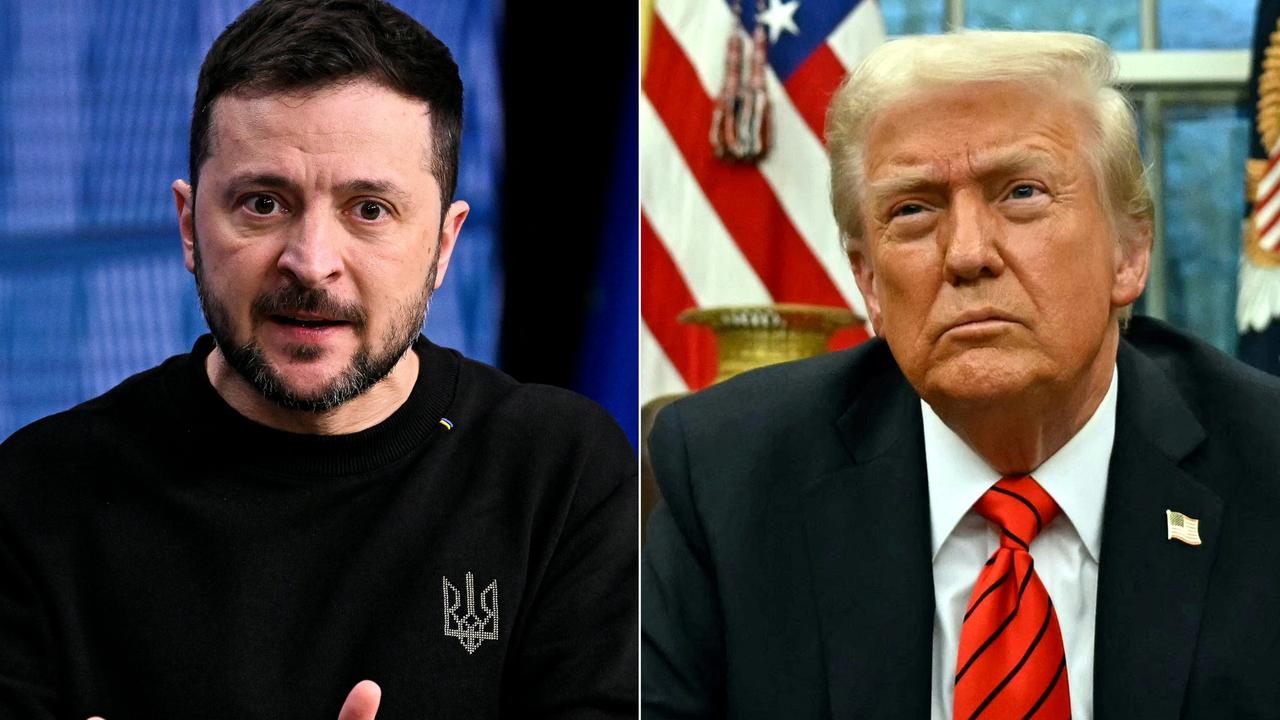Million-dollar deals for college athletes freed to earn like a pro
Endorsements are the new game, and some US students are really cashing in.

When Chase Griffin was in his second year at university other students started calling him Degree Man. This was not because he was already close to graduating with an undergraduate degree in public affairs, it was because Griffin, who is also a quarterback for the college football team, had struck a deal with the Degree deodorant brand to endorse its products.
“I was super proud,” Griffin, 22, said. “It was a top tier brand that a lot of people use on a daily basis.”
He is part of a sea change in college athletics in the US, in which students who represent their university at American football, basketball or lacrosse are also permitted to represent brands.
At the University of Alabama, Bryce Young, a quarterback, has partnerships with BMW and the Subway sandwich chain. At Louisiana State University, gymnast Olivia Dunne is said to have made more than $US1m through deals with fashion, sport and cosmetics brands.
Griffin, who is still at the University of Southern California, Los Angeles, has struck more than 20 endorsement agreements and represents Chase bank, a mobile phone company, a car insurer and a Los Angeles charity to which he donates some of his earnings.
This era in college sport dawned after a Supreme Court ruling in 2021 and laws passed in states all over the country that in effect ended the long-cherished “principle of amateurism” upheld by the National Collegiate Athletic Association.
It had been upheld even as college football and basketball became multibillion-dollar industries, generating fortunes from television deals.
College football coaches became the highest-paid public employees in 28 states: the top 10 earned more than $5m a year but the players risked injury and concussion, and earned no more than a free education and the hope, for a tiny minority, of turning professional.
Blake Lawrence played football for the University of Nebraska from 2007 to 2009, when it had one of the strongest teams in the country.
“It was like a professional sport,” Lawrence said. “We were treated like pros.”
He dreamt of playing in the National Football League. But in October 2009 he had his fourth concussion in a year. “I was forgetting my name and where I was and the plays. I decided to stop playing,” he said.
After college, Lawrence and former teammate Adi Kunalic founded Opendorse, which helps athletes to find endorsement deals. At first they could target only professional athletes, but when the rules changed half a million new athletes entered the market, he said.
“We will bring over $100m to athletes this year,” he said.
Colleges still cannot pay students to play, but alumni associations have formed “collectives” that raise money to pay students for endorsements, such as of a local charity, to draw top talent to their old college.
A collective of alumni from Southern Methodist University in Texas split the money evenly between members of the football team, said Mike Caspino, a lawyer whose son Sam plays for them.
“They are paying each kid on the team $36,000,” Caspino said.
Other collectives have sought to raise, sometimes from one or two wealthy individuals, a fat cheque to lure a player.
Caspino had represented Jayden Rashada, a high school football star, with an alumni endorsement offer designed to take him to the University of Miami.
Rashada backed out when a collective tied to the University of Florida offered him $13m, but that fell through after it emerged the collective did not have the money.
Quite how far these collectives can go in seeking to draw an athlete to their college is a delicate question.
“There can’t be a specific enticement provided to cause an athlete to enrol but there are conversations about what could be on the table hypothetically speaking,” said Darren Heitner, a Florida lawyer who represents several prominent college athletes.
Although many had feared the effect of this new degree of professionalism, “there are countless examples of athletes who come from depressed social economic conditions who have been able to help their families”, Heitner said.
There had also been concerns that this new marketplace would favour male football and basketball players.
Among Heitner’s clients are Haley and Hanna Cavinder, twin sisters, college basketball players and social media influencers. They were at Fresno State, a public university in California, he said.
Then, like footballers moving from Sunderland to Manchester United, they transferred to the University of Miami, which offered the potential of playing on a bigger stage. “They have millions of followers between their TikTok, Instagram and YouTube channels,” he said. “We have done dozens of deals.”
Lawrence, the founder of Opendorse, said it was true that alumni collectives tended to channel money to men’s teams. He said that 70 per cent of all dollars that men received came from donors or boosters, from the superfans and 30 per cent came from brand deals
But he said female athletes were proving more adept at drawing endorsements, with 77 per cent of their dollars coming from brands, and 23 per cent coming from superfans.
“Women’s sports are getting the brand dollars, men’s sports are getting the donor dollars,” he said.
And the athletes who are making the most money are not always the star players. While he has never been the college’s first choice quarterback, Griffin prides himself on having “the best content creation model” for his brands on social media.
“Even if the name of someone else is bigger on the field ... as far as content creation goes, my name is bigger than most,” he said.
The Times


